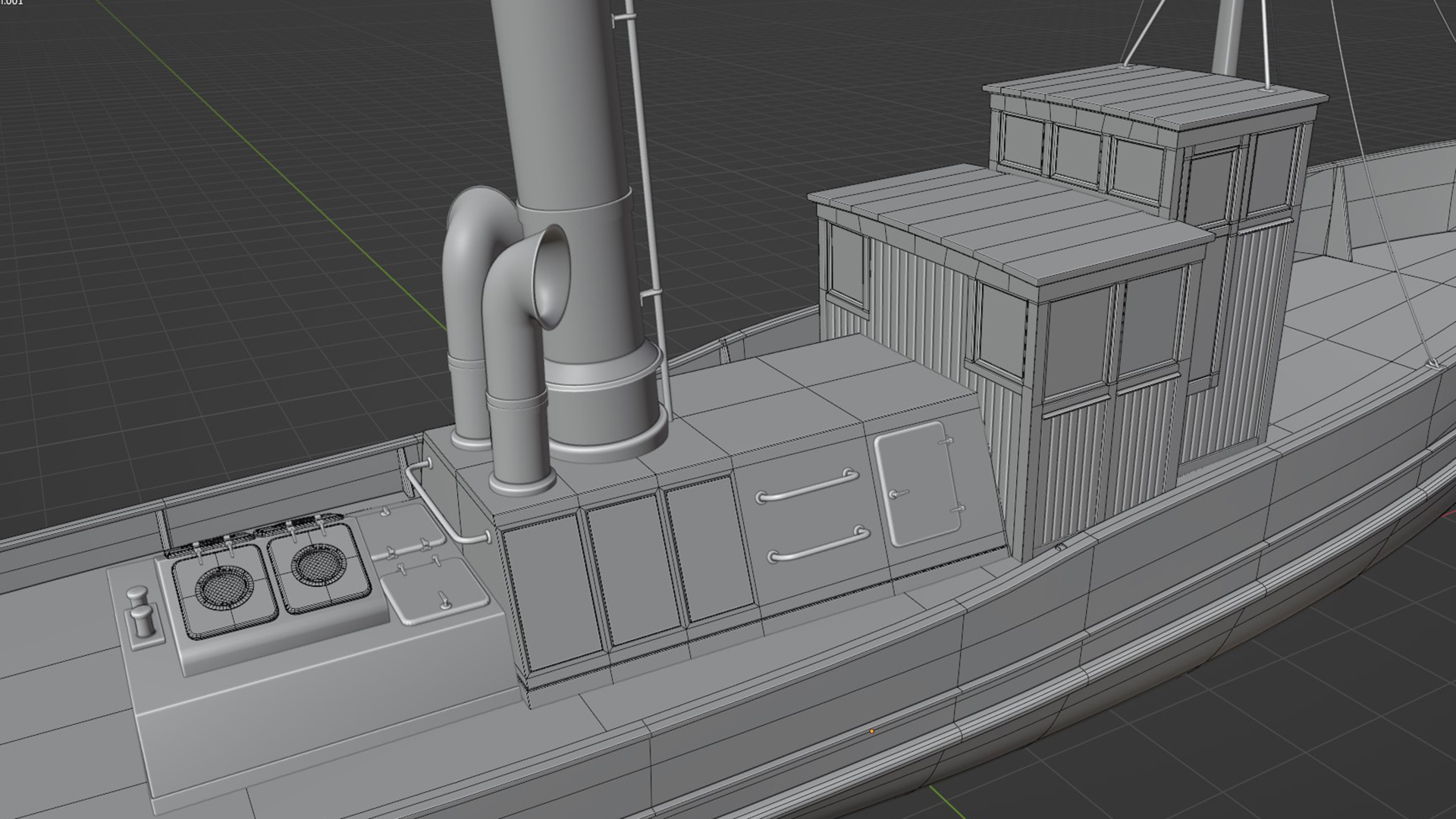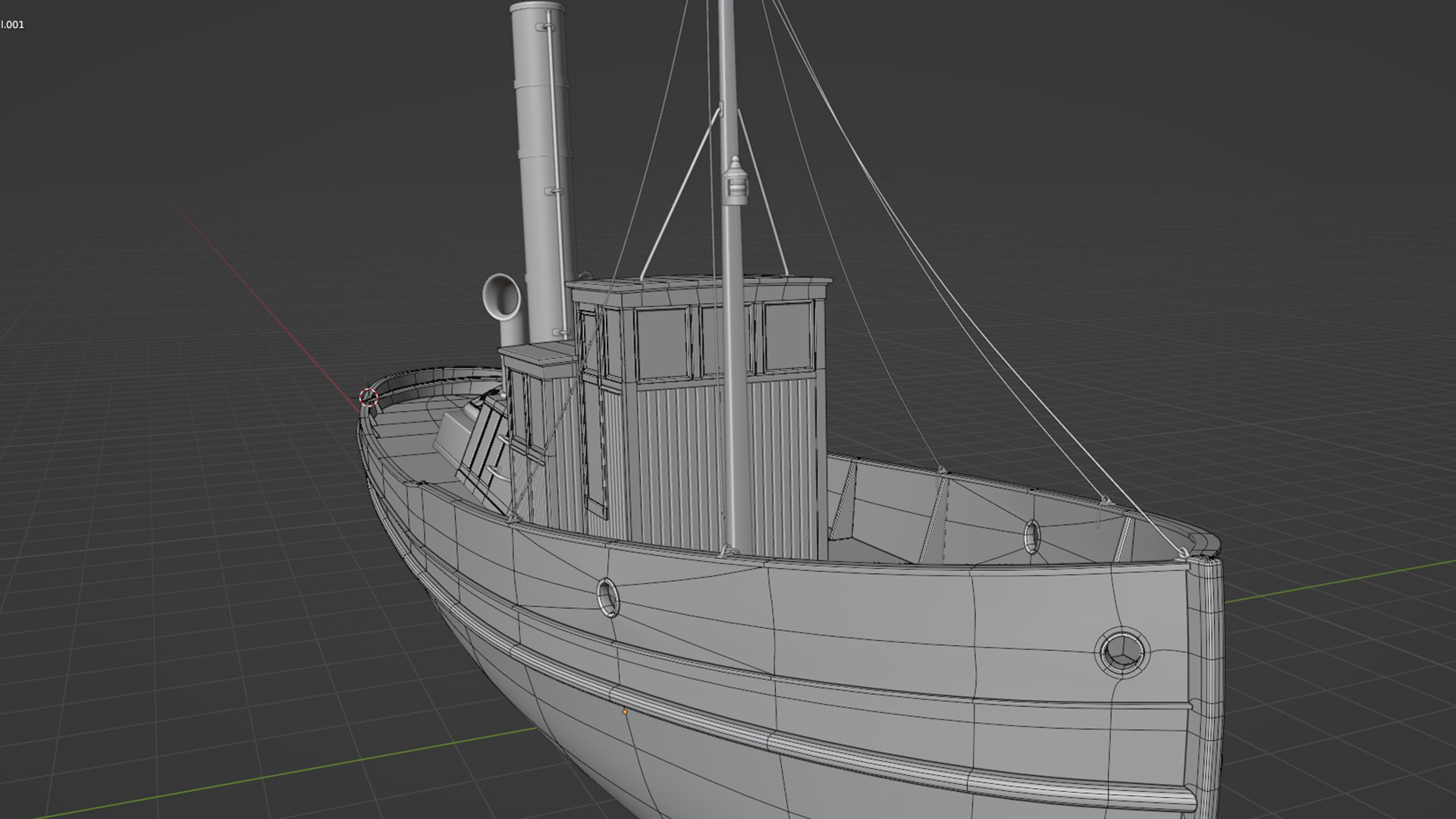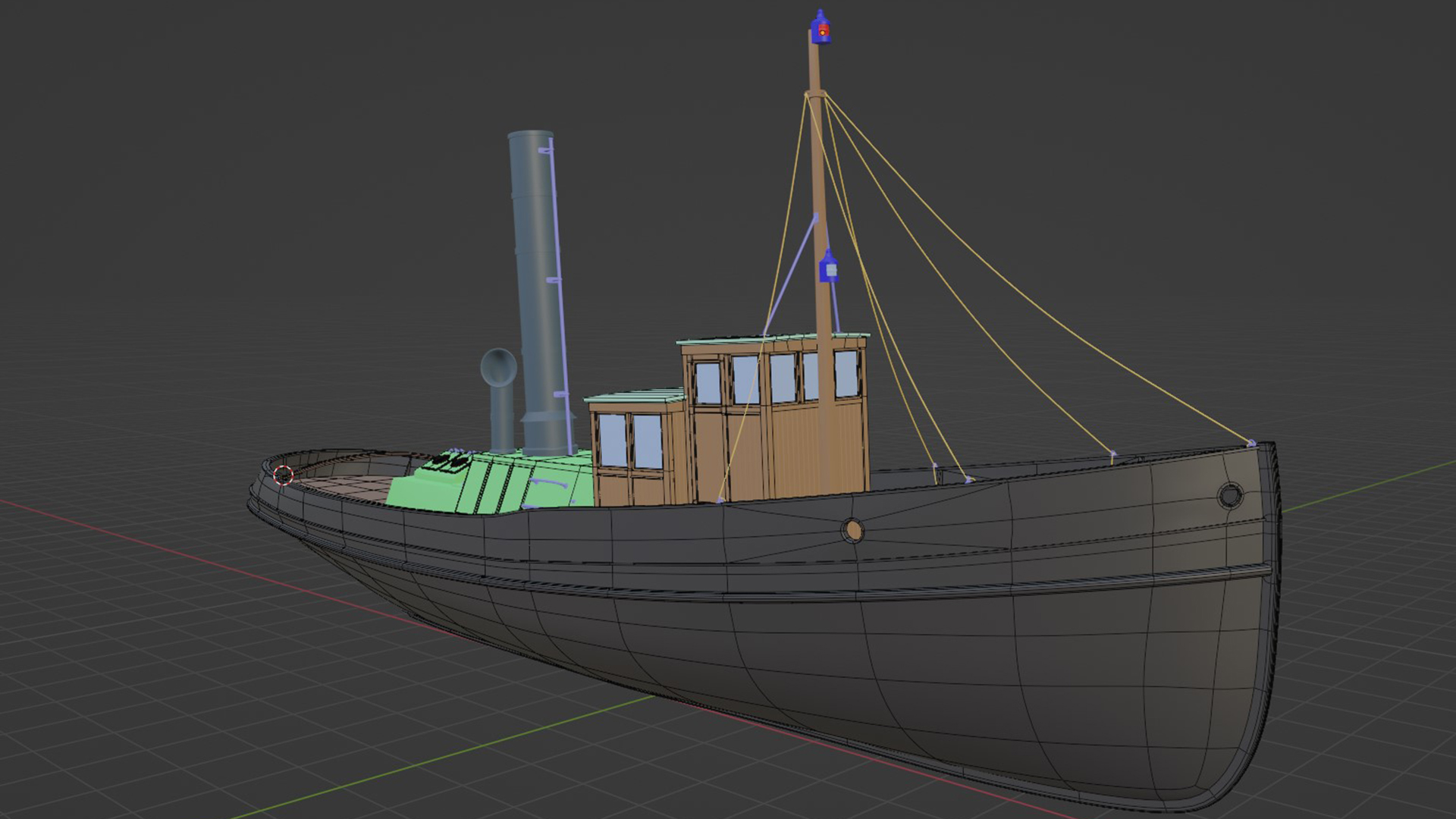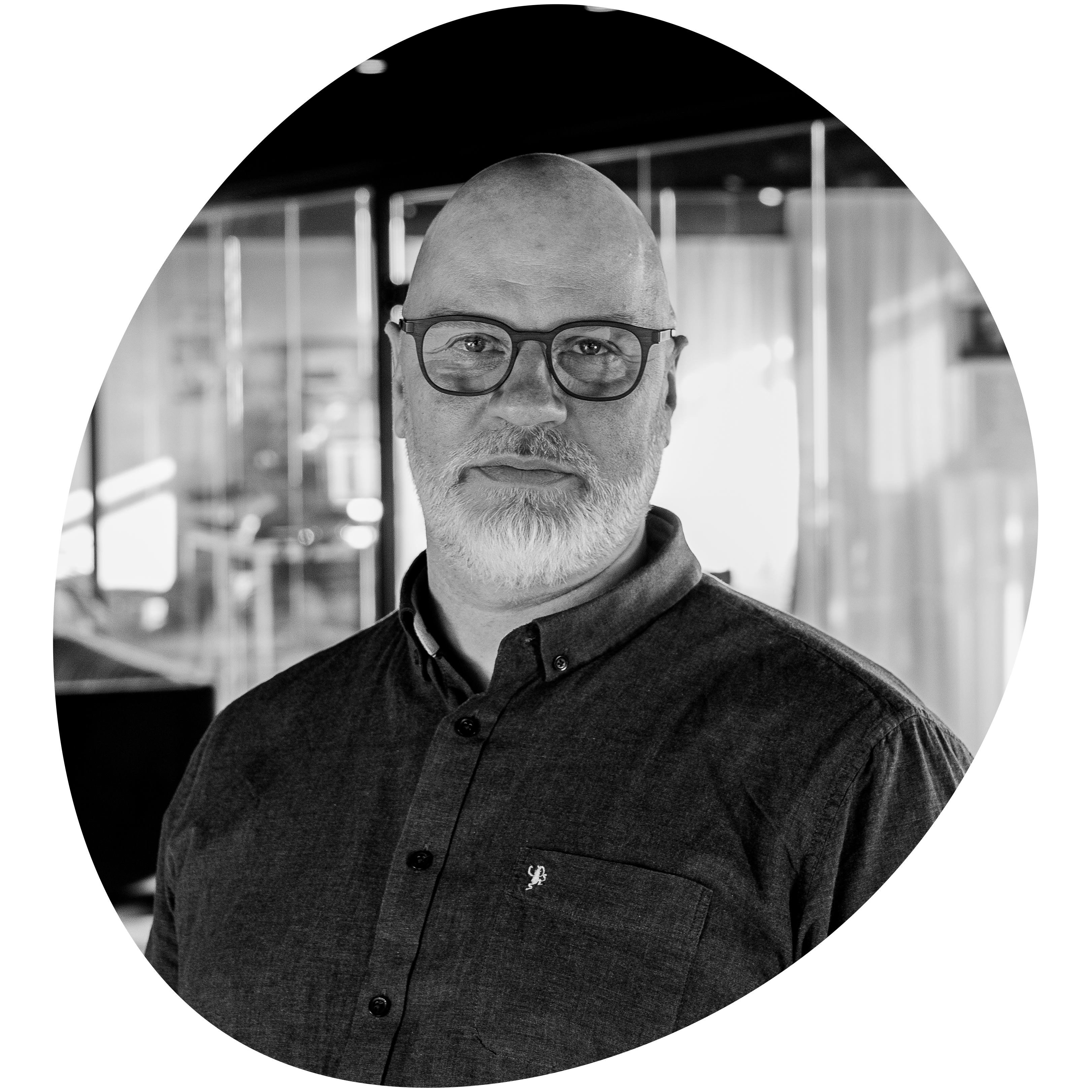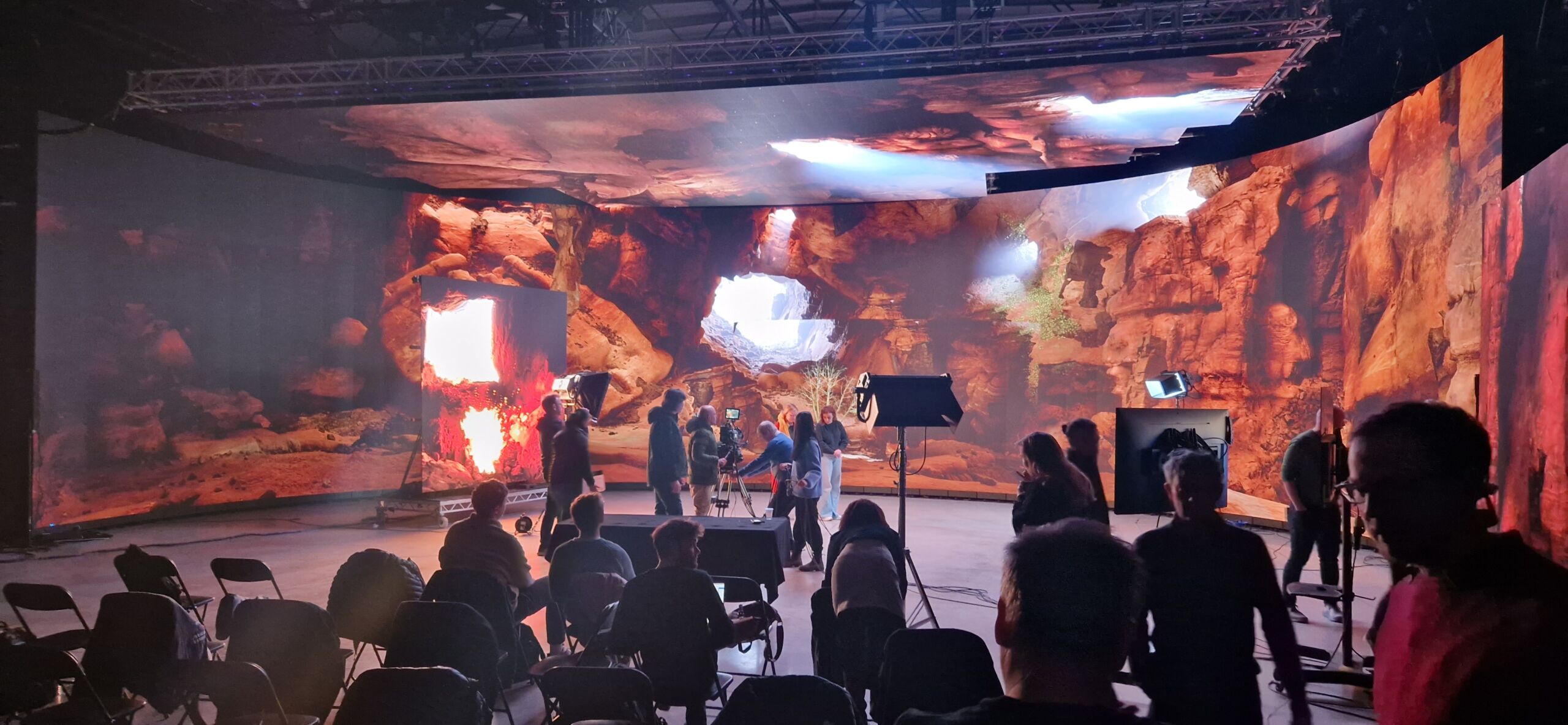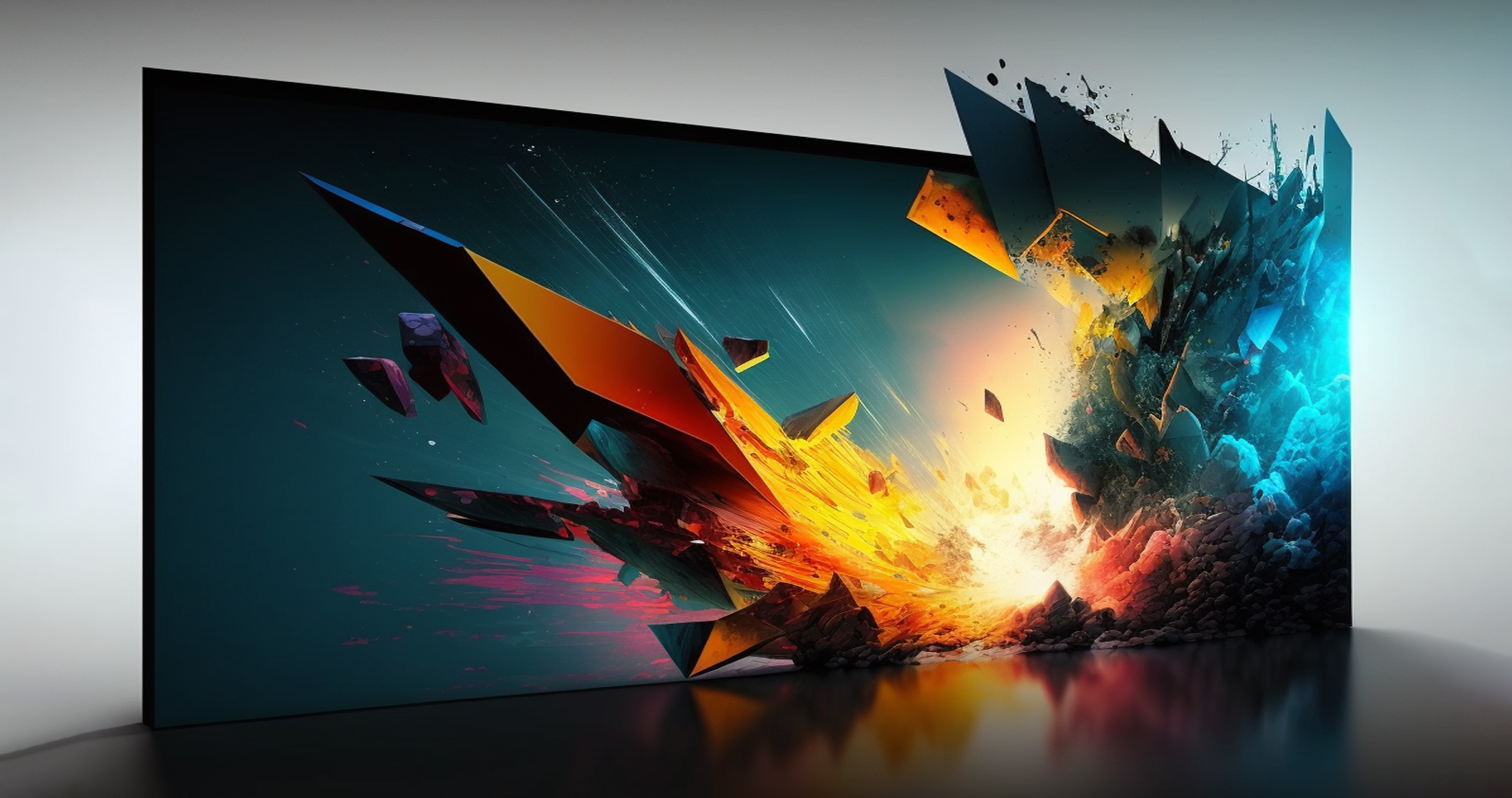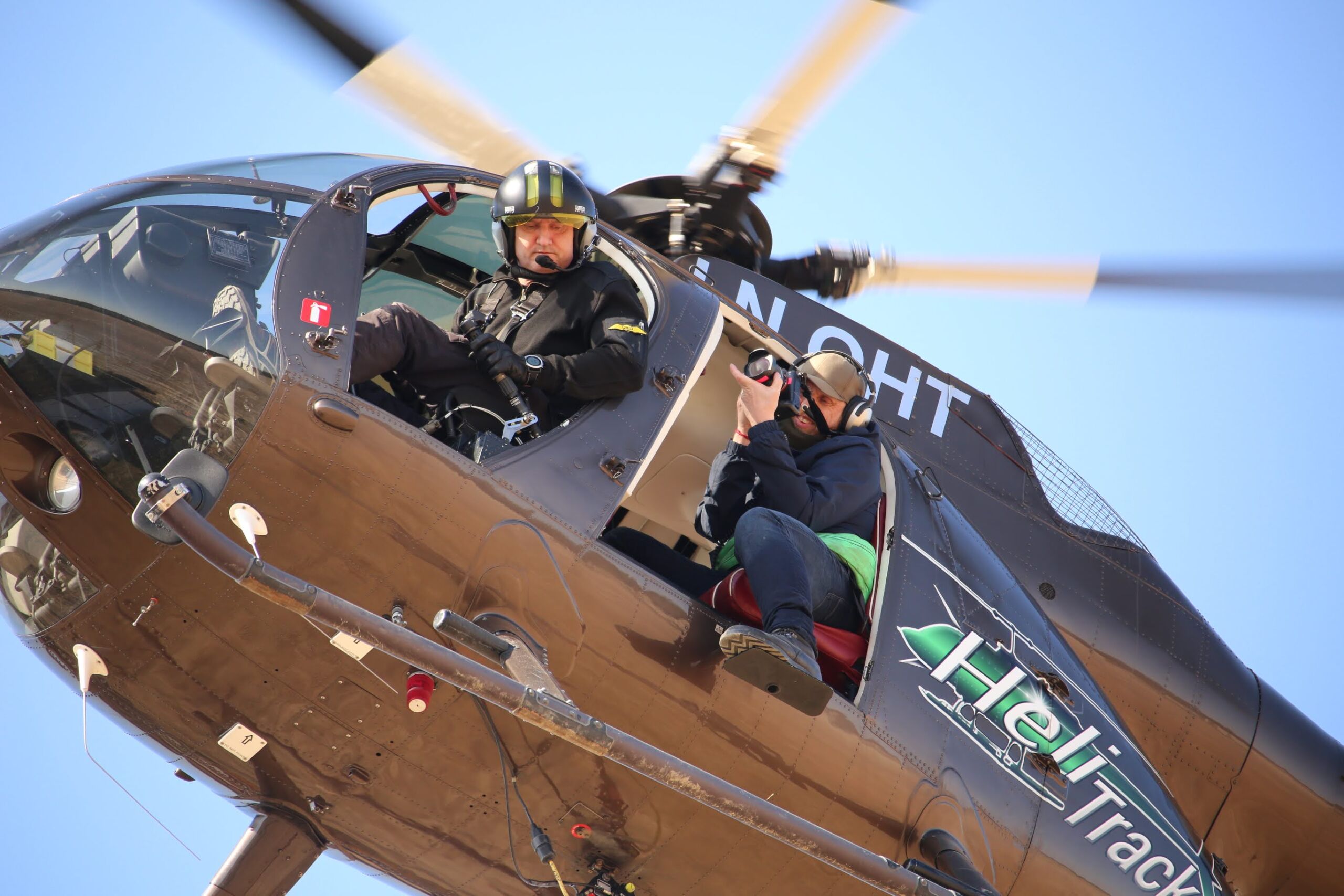Whether it’s a boat, a headset, or honey, it takes time for an idea to become a finished product. Along the way, you often need partners, investors, and customers to understand your vision. Much of the product photography you believe is real is often constructed on a computer. It takes a lot of work and extensive experience to make this appear as something real – something that already exists.
A product that exists is generally perceived as less risky to invest in. But how do you sell something you haven’t made yet? A whole industry has developed around this, as seen on Kickstarter and Indiegogo. It doesn’t necessarily take a long time to go from an idea to something that appears to be a product. It is still a process, and the dream scenario is to reach the market and customers as early as possible, preferably before the physical product is fully produced.
So, when we think about visualizing a product or packaging – what are the steps in the process?
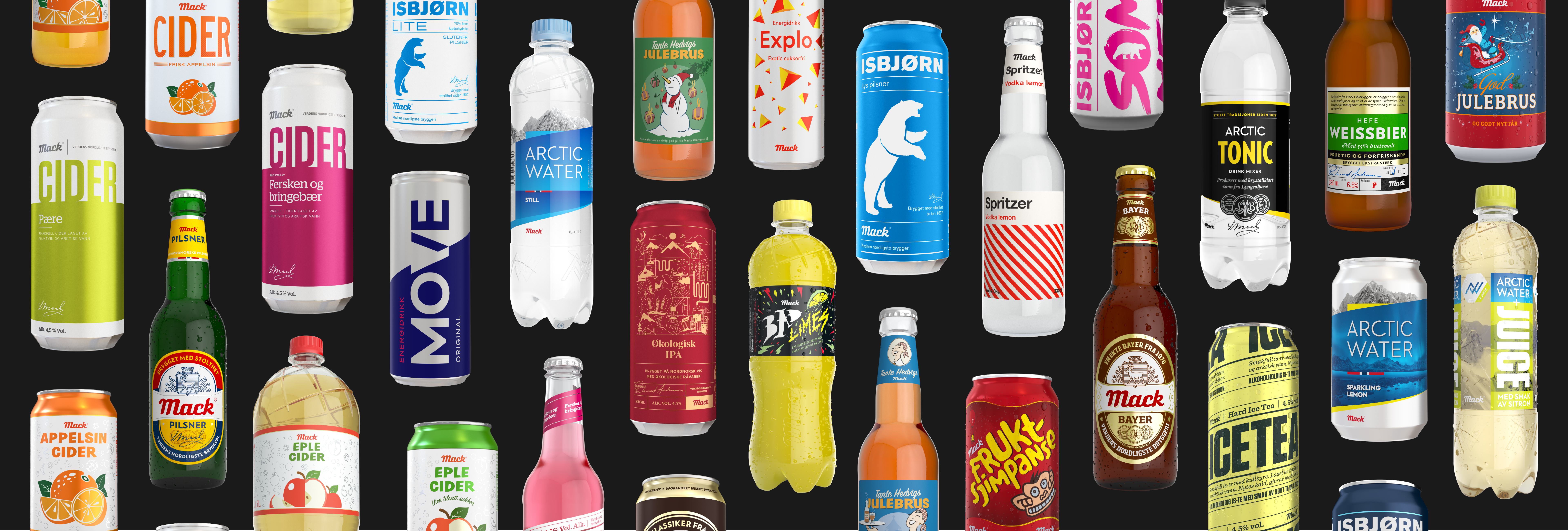
Research
First, we need to know quite a bit about the product, its features, and especially the materials it will be made of. All materials reflect light in different ways. Metal acts like a mirror, glass and water bend light, and in some materials, light penetrates and scatters out again. With organic materials like skin and hair, this happens and is much more complicated than, for example, a car. It doesn’t take much for the illusion to break. And it is precisely an illusion of something real that we are creating. Therefore, small details become important to figure out before we create what we need.
Construction
Even though a computer can do incredible things, this is a labor-intensive process. AI may help us in the future, but for now, this is a manual process if we want to achieve the desired outcome. We can often start with drawings and 3D files from the construction, but there’s a lot of fine-tuning on the model itself before we can proceed in the process.
Animation or stills – or both
The difference between constructing a 3D model for still images or movement can be significant. This process is called rigging. Movable parts need to be created so that they move correctly and have physics that match reality. A wire should bend like a wire and not like string, a wheel should rotate – from the center, a drill should have buttons that can be pressed, and batteries that can be replaced. The more moving parts, the more rigging is required.
Style Sketches / Styleframes:
What should the final product be – or look like? What is the visual ambition? Should it be “Super Real,” “realistic,” or “CSI style”?. In other words, should the product look like something from the future, like it exists and is in use, or should it be a concept? A high-gloss advertisement product that looks like it was shot in a studio is sometimes easier to create than a product that looks entirely real. Here, we may need to add details that make it look like it’s in use. This is where experience really comes into play.
There are many ways to visualize a product, and it’s important to know what the ambitions are. The 3D model is the same, but the final product can be very different.
In the end, it’s the goal of the illusion that dictates the process. Should it look like 3D – or should it look like a photograph?


